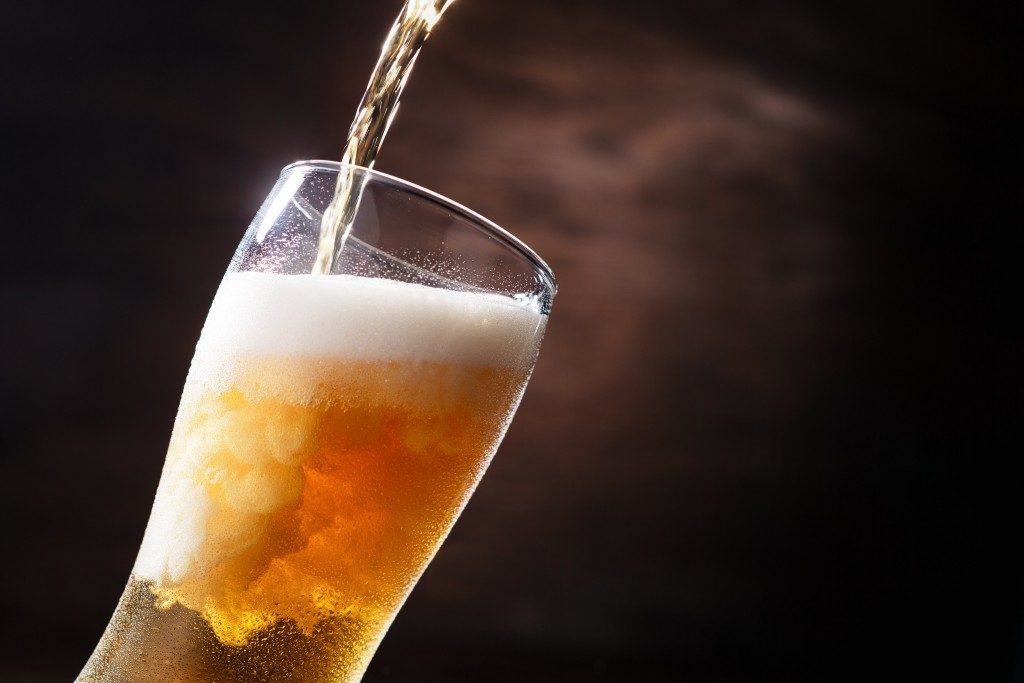Beer drinkers all over the world have been giving craft beer a fighting chance. In the U.S., the craft beer industry is worth $23.5 billion and still growing. The do-it-yourself generation is making various recipes for beer from their backyard or basement and becoming successful entrepreneurs. In 2010, 15% of new craft beers were flavored ones. This increased to 27% in 2015. This is expected to grow even more in the coming years.
Regardless of where or how it’s made, beer is enjoyed as a social beverage. This is why manufacturers and craft beer makers are making different kinds and varieties to cater to a wider audience, especially the younger generation of drinkers.
Fruit Beers, Anyone?
If fruit flavors can be added to soda and fizzy beverages, why not beer? Lemon-, apple-, and strawberry-flavored beers have already been released by major companies, but artisanal brews are featuring some seasonal and regional fruits such as mangoes, peaches, and pomegranates. The only problem is that they have to stop production once the fruits are no longer in season.
To work around this, brewers have experimented with the use of packed aseptic fruit purees. Not only are they made from real, natural fruit, they have also been processed and guaranteed microbe-free so that the fermenting batch of beer will not be contaminated. The presence of microorganisms may lead to an odd-tasting brew or an end-product with a weird consistency.
Besides being bacteria-free, using fruit purees also acts as a natural sweetener. Brewers normally use molasses, liquid malt extract, or honey. The fruit’s natural sugars boost both flavor and the beer’s alcohol content. In some cases, the purees work better than fresh fruits which ferment when mixed with the mash.

Spice Things up a Bit
Fruits are not the only thing being added to artisanal or craft beers. Spices such as peppers, chili, and ginger add an exciting dimension to the world of beer. Pepper beers are more about the aroma and less about the heat. They are pleasant, smooth, and balanced.
Crafters play with various combinations of peppers such as ancho, pasilla, and guajillo which make the beers more interesting and fun to brew. These three are commonly added to strong stouts and balanced with vanilla or chocolate flavors. Pilsner or American wheat beers work well with raw jalapeños and have a fresh, green taste. On the other hand, roasted peppers are added for more robust and full-bodied beers such as porters or stouts.
Aside from vanilla and chocolate, salt and caramel are also added to the beer to heighten the flavor of the peppers. A whole range of fruit flavors are also used in beers, including pineapple, strawberry, passion fruit, lime, apple, and strawberry.

A Bright Future for Crafters
Exhibits, trade shows, and expos promise a bright future for craft beers in the U.S. Microbrewers and startups are making their presence known and are becoming more confident in the brews they are making. The microbrewing industry started during the early 1990s, and some have become so successful that microbrewers have been acquired by established beer companies. In the same token, more and more craft beer manufacturers are sprouting up and producing outstanding new beer flavors.


